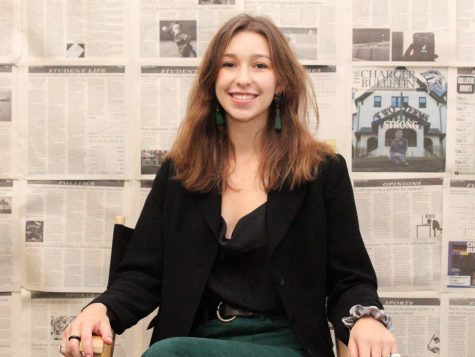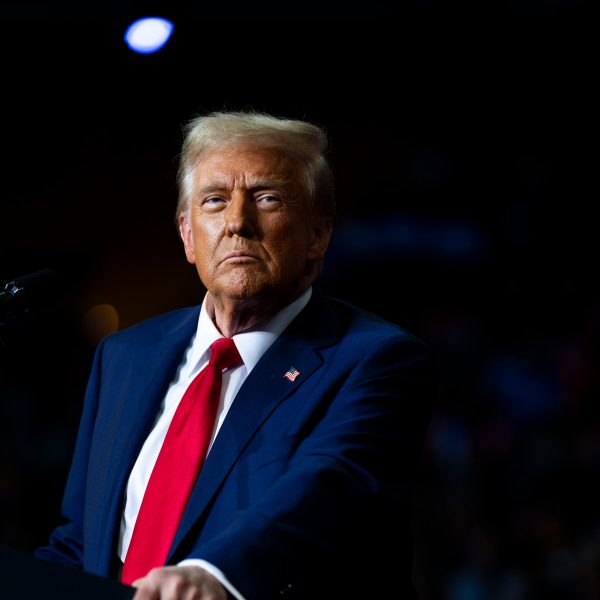Ukrainian crisis solidifies white “Model Refugee” motif
Graphic courtesy of Isabelle Hajek
The number of refugees per country, as reported by the UN, in millions, as of March 5
The pure definition of a refugee is an individual fleeing their home country to escape a form of persecution or danger; however, modern context has definitely divided the concept into the desirable and undesirable, as it does with every growing marginalized group. Left, are the model (desirable) refugees and those other (undesirable) refugees.
Such divisions are traceable throughout history, but are most prolific with the “model minority” label placed on the Asian community in comparison to those other minorities–Black, Latine and Indigenous. This comes from a false perception that Asian individuals are more docile or civilized than those other people, discrediting the oppression faced by Asian people in the U.S. It is an inherently racist mentality and an ingenious division tactic. Now the same script is being followed with refugees.
13 days into the Russian invasion of Ukraine and the white Ukrainian has become the “model refugee.” As of March 5, nearly 1.2 million Ukrainians have fled to neighboring nations seeking shelter, and their reception has been astounding. Many countries have told Ukrainians that they do not need documentation of their identity, are mobilizing refugee intake plans and actively giving out food, shelter, money, education and other necessities.
To compound this, people on social media have taken to lamenting the Ukrainian experience in a truly inspiring showing. We are watching a war unfold in front of us, which is a first in the country’s history; never before has such horror been documented on such a dramatic scale.
That is the current narrative but just another byproduct of the “model refugee” concept.
Ukrainians are the first predominantly white refugee population since World War II. According to the United Nations Refugee Agency the top five countries sourcing refugees were Syria, Venezuela, Afghanistan, South Sudan and Myanmar, making up 80.19% of the identified refugee population as of 2021. From civil war, to humanitarian crisis, to famine, to 20-year long foreign incited conflict, each of the top nations sourcing refugees vary in hardship but maintain one commonality: they are perceived as majority non-white, as a minority.
Such refugees have not and are not treated with anywhere near the kindness that white Ukrainians have experienced. This experienced by such refugees and like-migrants has been recognized by the United Nations as a predominant obstacle to their access to aid, coined under the term “xenophobia” or discrimination against people not from ones own country.
Multiple media correspondents have done their best to exemplify this, calling Ukrainians “civilized” relative to those from places like Afghanistan, or explaining that this crisis is somehow more distressing because the people look like them.
Despite what might be harmless intentions, what such-minded people are perpetuating is a long established racial hierarchy of people who deserve help and those who do not. It is the “we” versus the “they” as it has been throughout history.
This is playing out for non-white Ukrainians as reports of Black refugees being denied entry – despite no documentation policies – segregated from the white refugees, being beat by border patrol officers or only allowed the scraps of food are pouring into news stations. A telling by-product of the increased sympathetic media coverage of the Ukraine crisis is the documentation of treatment inequities that support the trend of racist refugee treatment.
As women are writing songs to Putin, claiming he was not cared for enough as a child, the last texts of a Russian soldier to his mother are trending and Volodymyr Zelenskyy quickly becomes a household name, it is time to ask why now? Why are we so invested in these refugees but not those other refugees? Why do we know their stories, say their names, feel their emotions, and ignore the rest?

Isabelle Hajek is a senior at the University of New Haven majoring in psychology with a concentration in forensics and a double minor in criminal justice...





